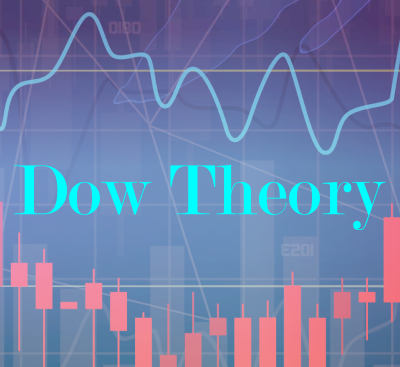All about market sentiment
What is ‘market sentiment’? We uncover the basics surrounding this intriguing term in the Forex market and why it’s important.

Sentimental Markets
When trading, one of the first things to establish is the type of market analysis method to be used. Fundamental analysis and technical analysis are the two most commonly used in the Forex market.
Fundamental analysis relies on fundamental factors to determine the true value of an asset. Traders open and close trading positions depending on whether or not the market price of this asset is lower or higher than its intrinsic value.
Technical analysis, on the other hand, does not rely on fundamentals, but on pure price action instead. By analysing historic prices on charts, technical analysts determine significant levels around which prices might react.
But, like all financial markets the decisions for buying and selling in the Foreign Exchange market also greatly depends on the “mood of the market,” or “market sentiment”.
Stock market sentiment or Forex market sentiment are all based on market sentiment analysis.
So, what exactly is meant by market sentiment? What does it entail and how exactly did it come about?
Hopefully, this article can answer these questions and explain how market sentiment can be derived from many different sources.
A Background of Market Sentiment Analysis and Real-World Examples
Currently, there is an unprecedented amount of direction emanating from global central bankers.
Since the summer of 2007 and as the global economy started deteriorating into The Great Recession, the world’s central banks have set the mood of the market. This is especially important in Forex analysis and sentiment analysis, and especially for those who are looking to profit from long term trends. It has forced traders to discern the market sentiment from communications within a wide range of central bankers.
A good example is Kansas City’s Federal Reserve President, Esther George’s statements that at the time were released in advance of her speech. She revealed that she was in favour of cutting back the bond-buying program of the United States’ central bank (known as Quantitative Easing III) due to the improving American economy. This statement had a significant impact on the markets and on market participants’ sentiments.
But, good news can sometimes be bad news (and vice-versa)…
At first, George’s statement was seen as bullish news. The US economy was getting better, and it implied that it was pulling out of The Great Recession. The impact was, in fact, the opposite of what was expected from traditional analysis. For instance, the Dow Jones Industrial Average and the USD plunged. The US Dollar even shifted direction from its upward trajectory!
The investors’ sentiment implied that the bond-buying program from the Federal Reserve Bank was crucial in keeping the US Dollar and stock values high due to the liquidity it injects into the global financial system.
Investors didn’t see that it might have some longer-term effects.
The market reaction was supposed to have witnessed stock prices soaring, along with the US Dollar, as George issued a bullish report on the US economy which clearly stated that it was improving.
Two days later when a better-than-expected jobs report for the American labour market was released, the Dow Jones Industrial Average soared, as did the US Dollar in Forex markets. It was bullish on the US economy, as was George’s speech.

But the sentiment is set so that quantitative easing efforts are vital to the health of financial markets for stocks, foreign exchange, and other markets.
Another example is related to the weaknesses in Chinese government bond auctions – the People’s Bank of China might have taken greater action to stimulate its economy.
While there was a $156 billion stimulus package in China which was heavily focused on infrastructure projects, this clearly did not work, hence the faltering of economic growth. With over $3.2 trillion in foreign reserves, the People’s Bank of China had sufficient currency supplies to finance major packages, like those of the Federal Reserve and the Bank of Japan.
But, Forex analysis and sentiment analysis are not a factor in the actions of the People’s Bank of China.
As a result, any Forex analysis and sentiment analysis that is designed to produce long-term profits have to be heavily weighted towards the actions of the Federal Reserve Bank of the United States, the Bank of Japan, the European Central Bank and the Bank of England.
Why is Market Sentiment Analysis Important?
As market sentiment refers to the attitude and feeling of market participants towards a particular market or asset, it is essential to know that it can strongly influence the prices of the assets traded.
It plays an important role in behavioural finance, which is a study dedicated to understanding how emotions impact the way traders make their decisions. Investor sentiment is usually described as bullish (when prices are up) and bearish (when prices are down), but there are many other ways sentiments can impact the trading decision process.
While fundamental factors might be essential to determine the intrinsic value of an asset, emotions and feelings are also very important when it comes to understanding what drives the markets. Emotions, like fear, panic, FOMO (Fear of Missing Out) and euphoria, often trigger wide price movements.
By understanding how the market ‘feels’ and what kind of sentiment drives investors, a trader might be able to draw conclusions about potential price movements by focusing on volatility, volume and price direction.
There are a few sentiment indicators or indices that can be used to help, such as the VIX and other volatility indexes, High/Low sentiment ratio, new highs versus new lows, Breadth Indicators like the Arms Index, and the Relative Strength Index (RSI).







